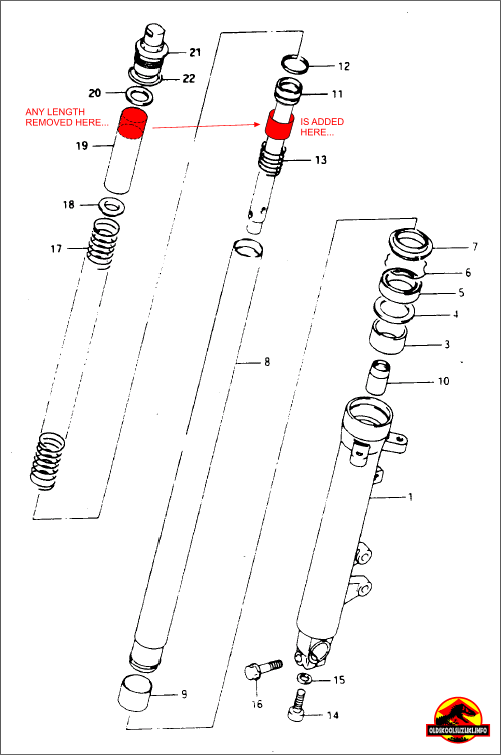ash j. williams
New Member
I have been doing research about lowering 36mm forks internally (on the cheap, that is) and I have realised that the progressive springs I use are about 4" shorter than the stock they replaced, the instructions had me make spacers for it all to fit.
Would making the spacers shorter lower the forks effectively?
Would making the spacers shorter lower the forks effectively?





